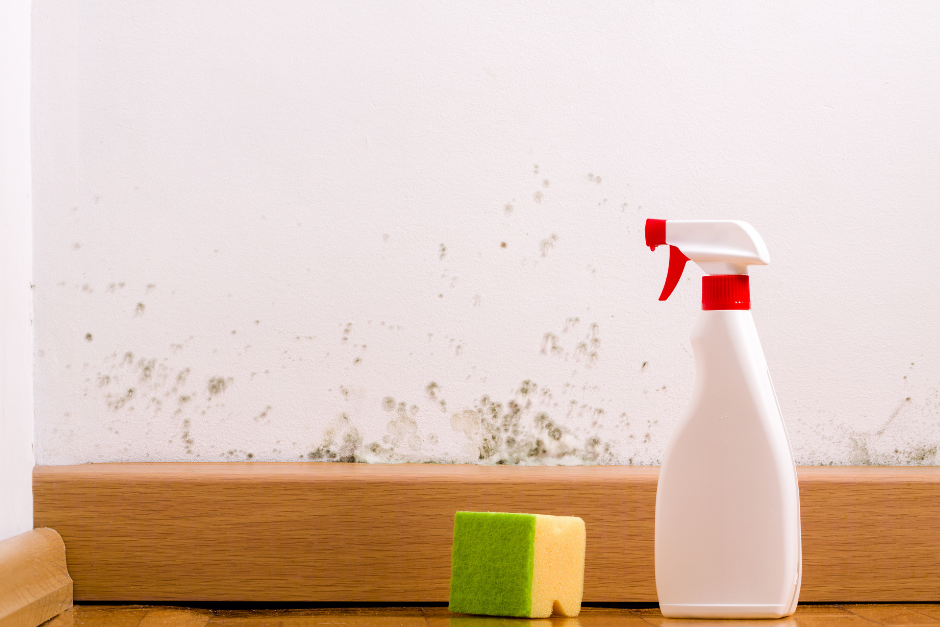Mold is naturally found everywhere but is grows most prolifically in damp areas with high humidity. In part, this mean states like New Jersey, Pennsylvania, and Delaware are more vulnerable to having high levels of mold.
Mold needs three things to flourish: moisture, organic material, and darkness. Without moisture, mold won’t form, and without something to grow on and feed off of, mold will not be able to grow and thrive. Commercial buildings are full of areas that provide the perfect conditions.
Indicators of mold can include:
- Musty smells
- Wall stains
- Any surface that has been wet for more than 48 hours
- Complaints of upper respiratory symptoms from employees
- Moisture damage on any building materials
Mold and Humidity
Frequent precipitation combined and with high air humidity creates large amounts of moisture and provides an inviting base for mold to grow.
High humidity not only feeds mold, but it means that puddles of water and damp materials take longer to dry out. These wet surfaces can create mold growth of their own. (1)
If not treated quickly and properly, they can also create substantial problems within the structure of your building and the health of you and your employees.
Importance of Mold Prevention
Mold exposure can create health issues and reactions. If your employees suffer from allergies, asthma, or weak immune systems, they have greater potential of being affected by mold spores.
Healthy people can also become affected if exposed to mold for a prolonged amount of time.
Prevent Mold from Flourishing in Your Office Building
Watching for signs of mold can be tricky as mold loves to live in places where you can’t see it, giving it the opportunity to grow unchecked in areas that aren’t used often.
Your maintenance plan should include regular building inspections of areas that have high moisture levels, including the exterior foundation.
4 Keys for Preventing Mold
- Thoroughly inspect prime areas, such as HVAC systems, roofing, plumbing, windows, and door frames. Repair leaky roofs and pipes immediately and ensure windows and door frames are properly sealed. Once repairs are completed continue to monitor for any future signs of mold.
- Decreasing moisture levels in your building is a great way to keep mold at bay. Mold thrives in wet and dark areas. To keep areas as dry as possible install dehumidifiers and run fans. By removing moisture, you will take away the one thing mold needs to grow.
- Keeping your HVAC systems clean will give mold once less place to hide. Neglected HVAC systems that allow mold to hide in the vents are an efficient way for mold spores to get around the building quickly.
- Don’t forget to inspect the exterior of your building to make sure water is directed away from your foundation. Proper landscaping and clean and maintained gutters should send water away helping to prevent foundation leaks.
Sources
(1) HVAC Systems and Mold – (facilitiesnet.com)
(2) Preventing Mold-Related Problems in the Workplace – (osha.gov)

